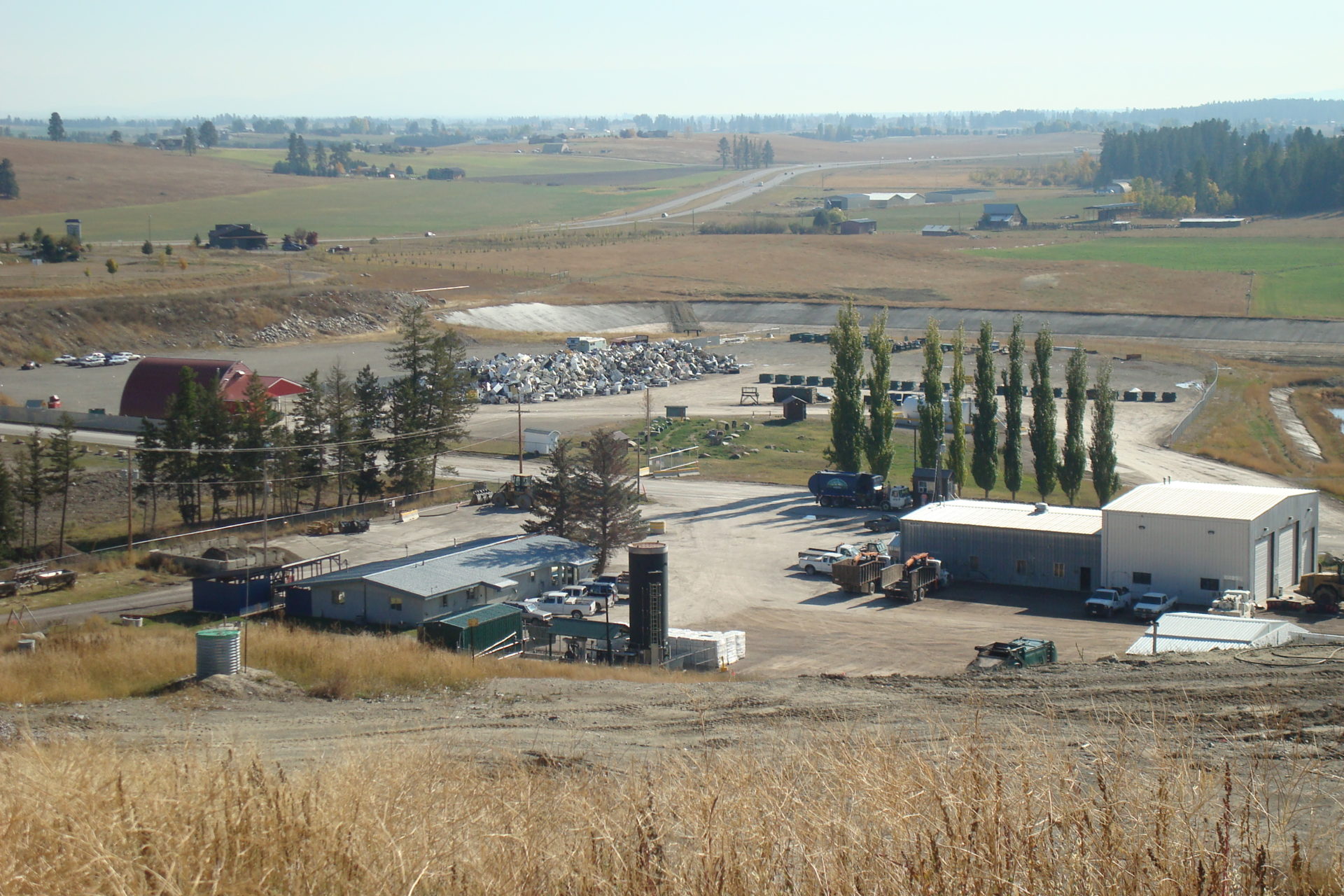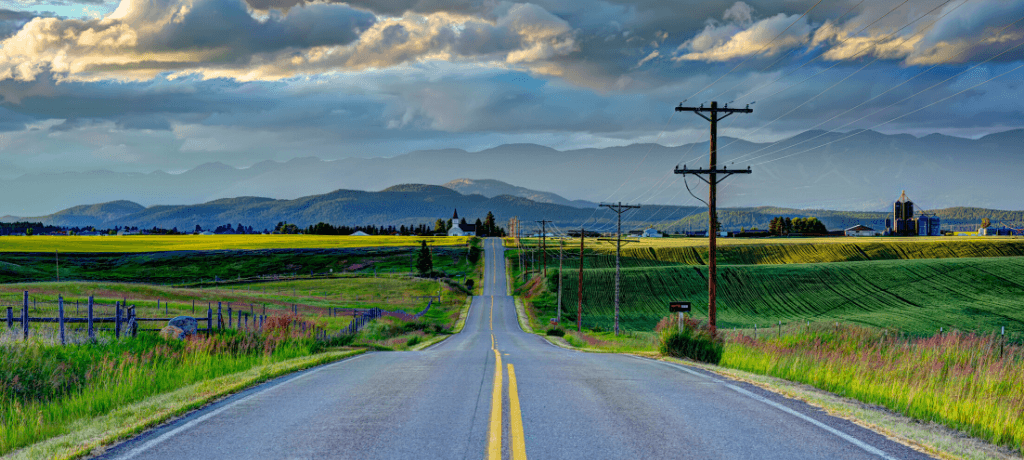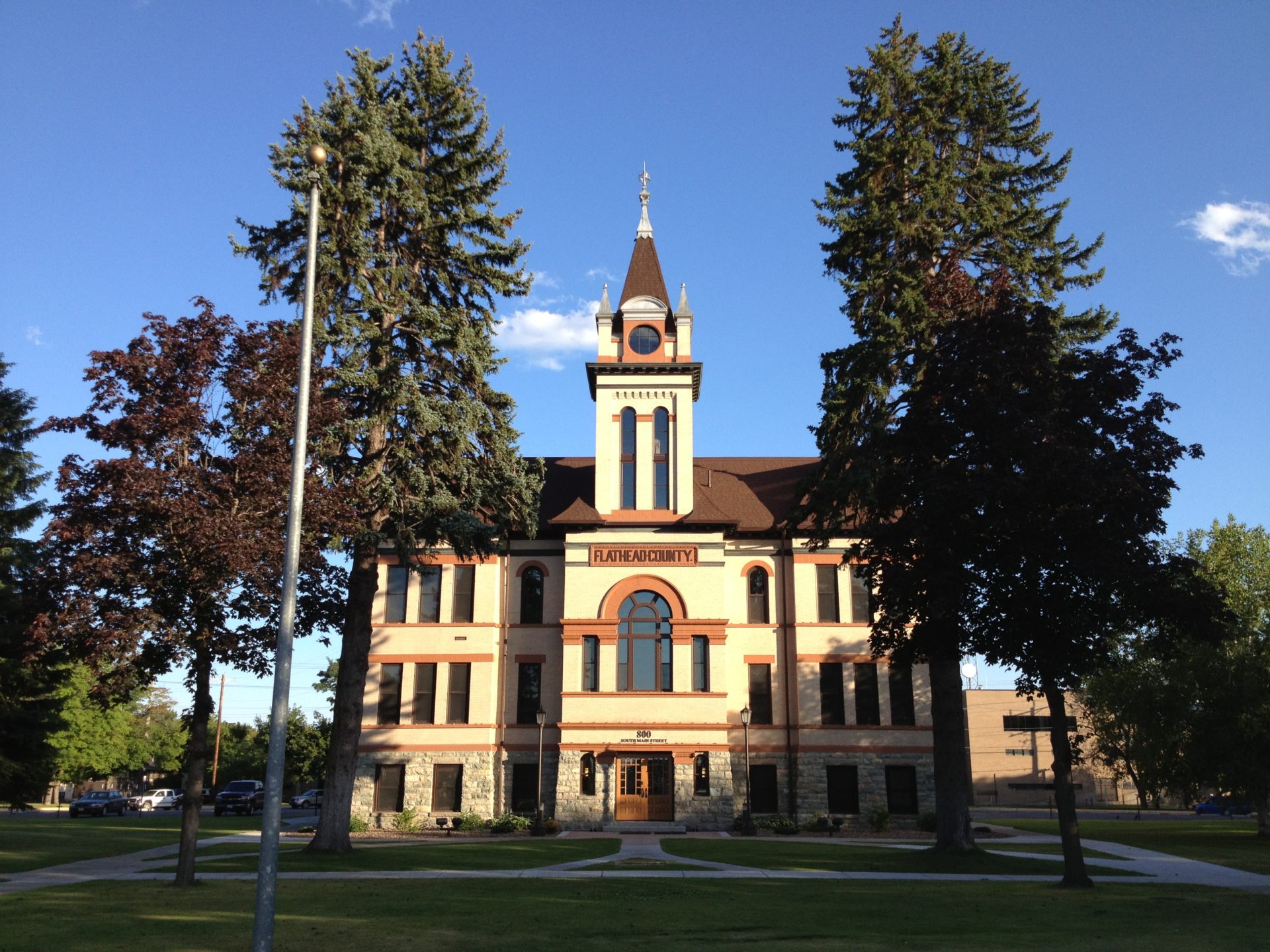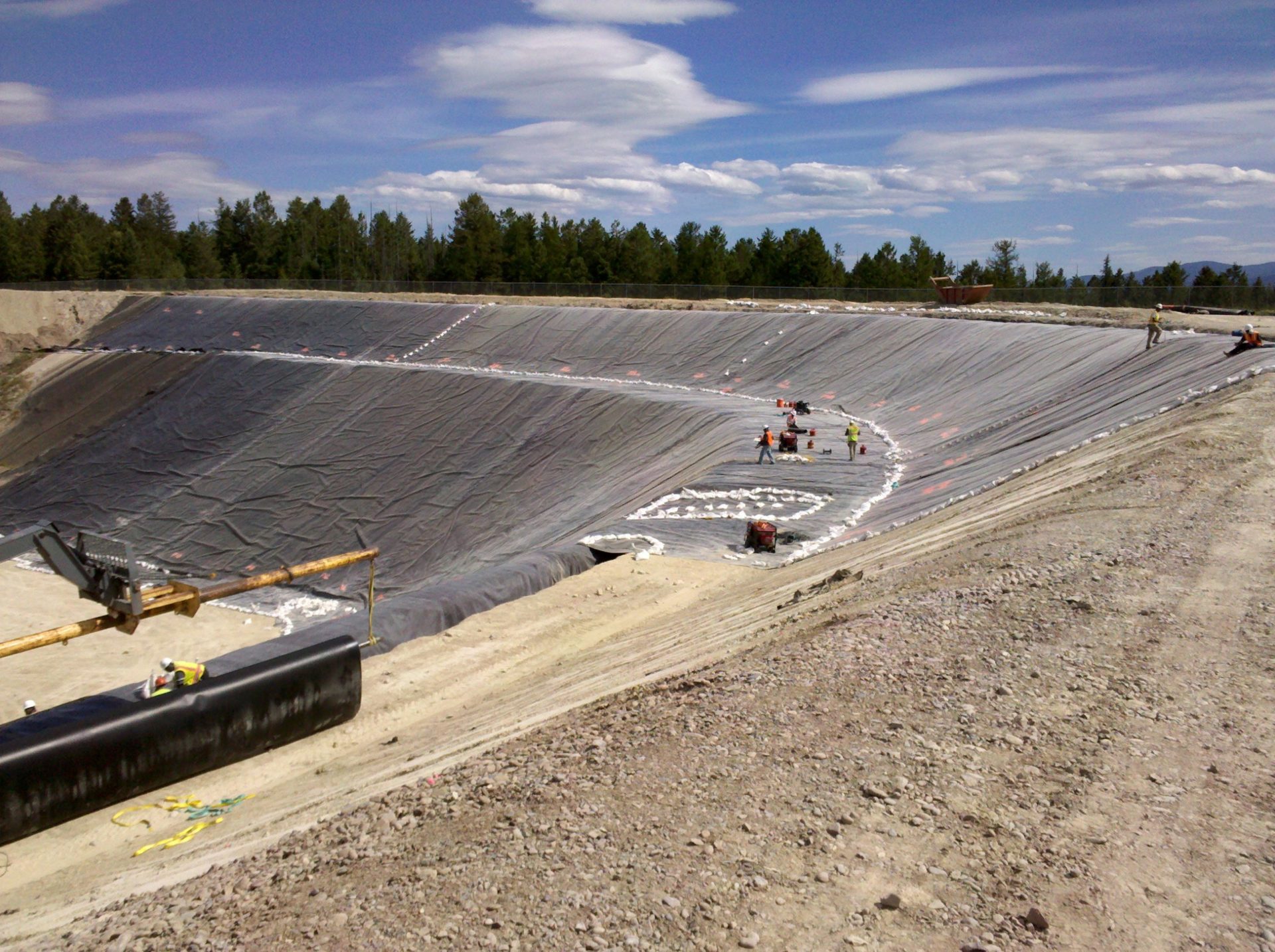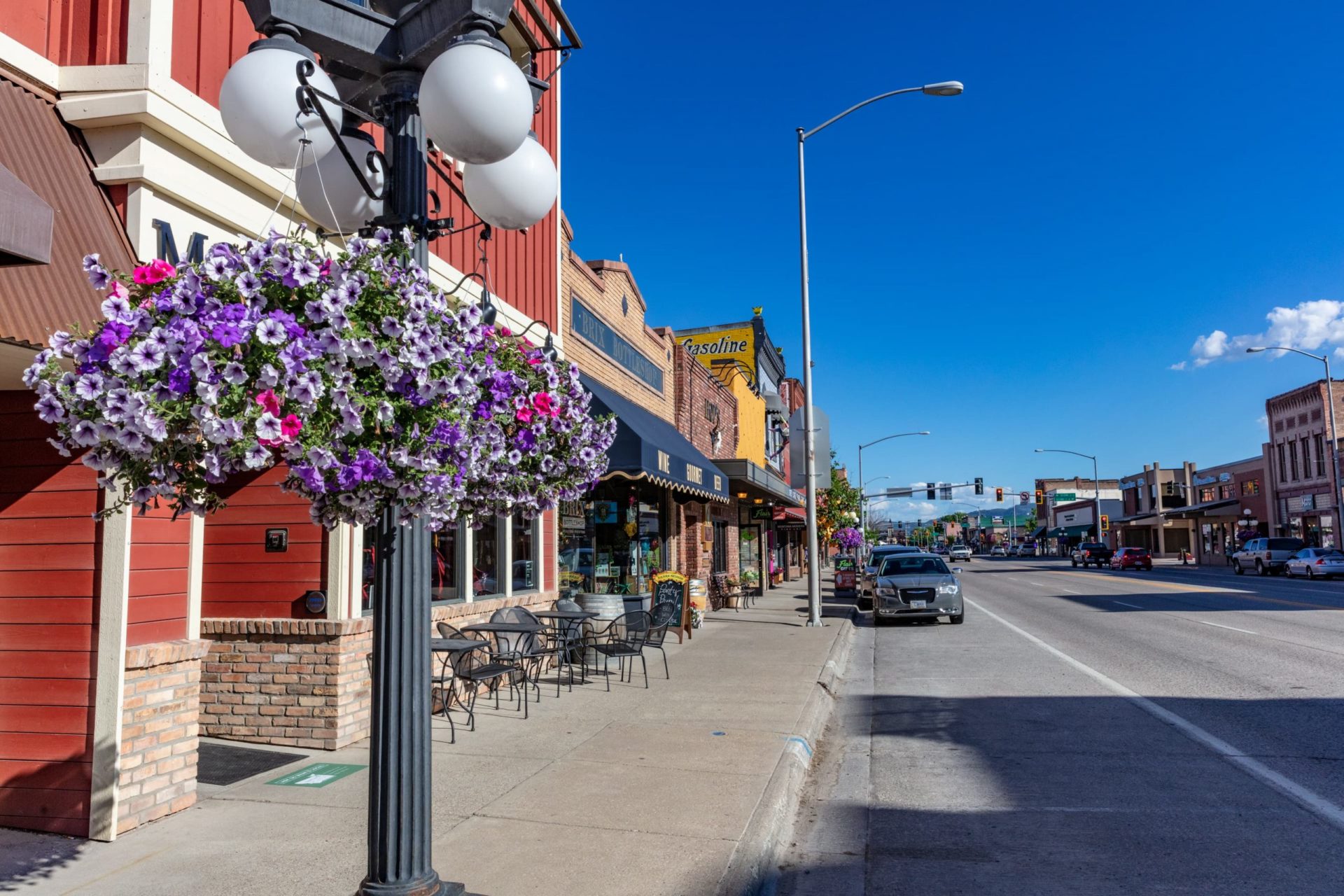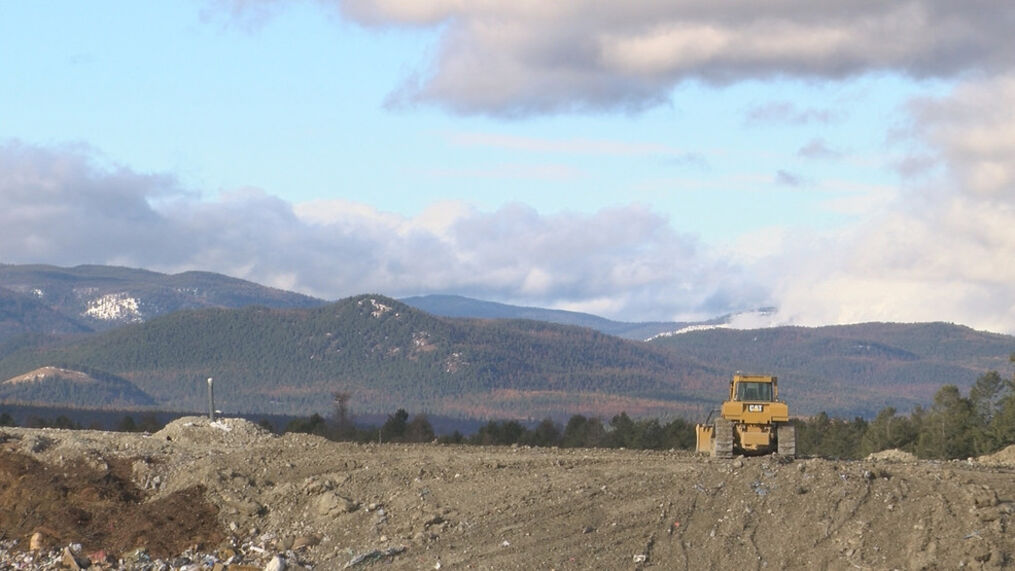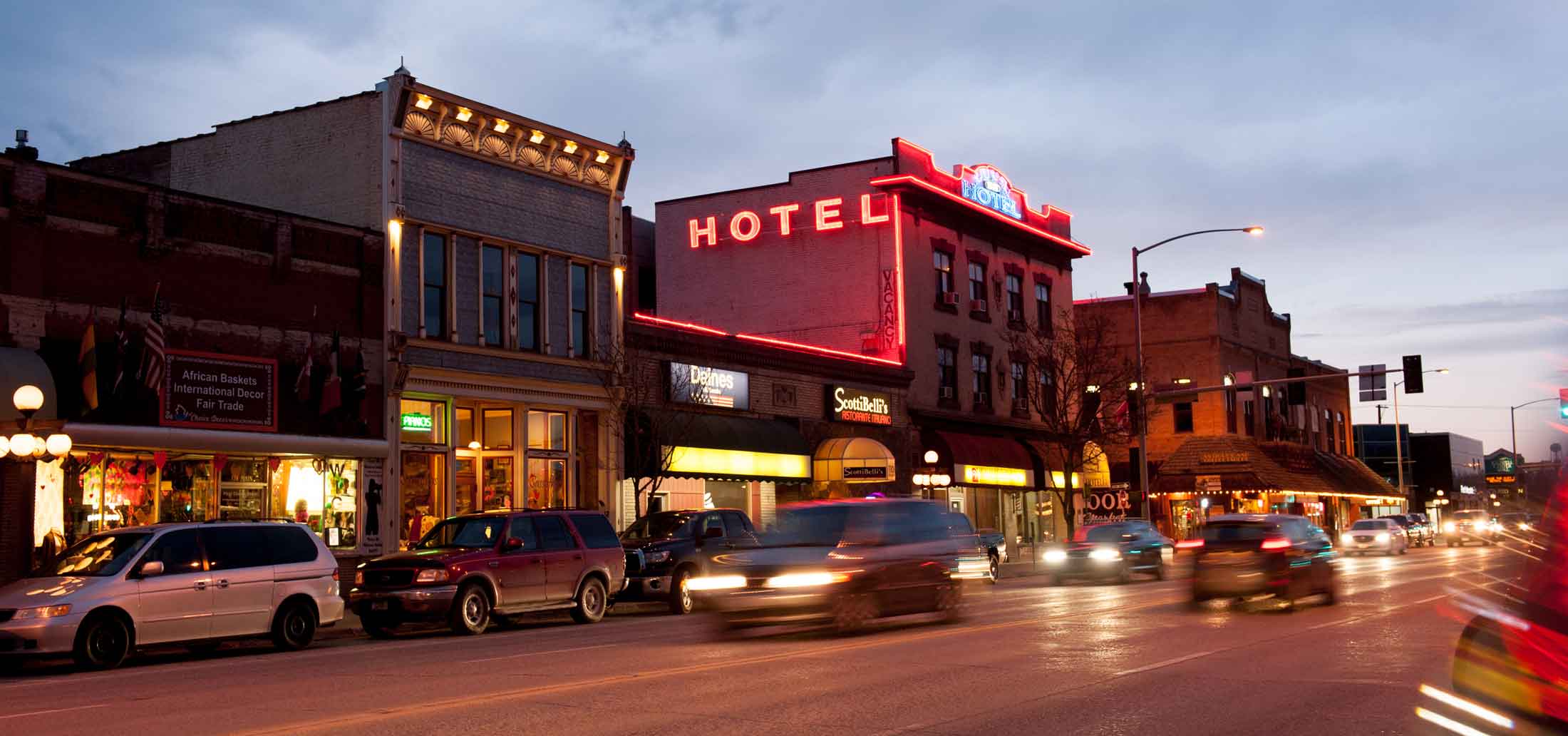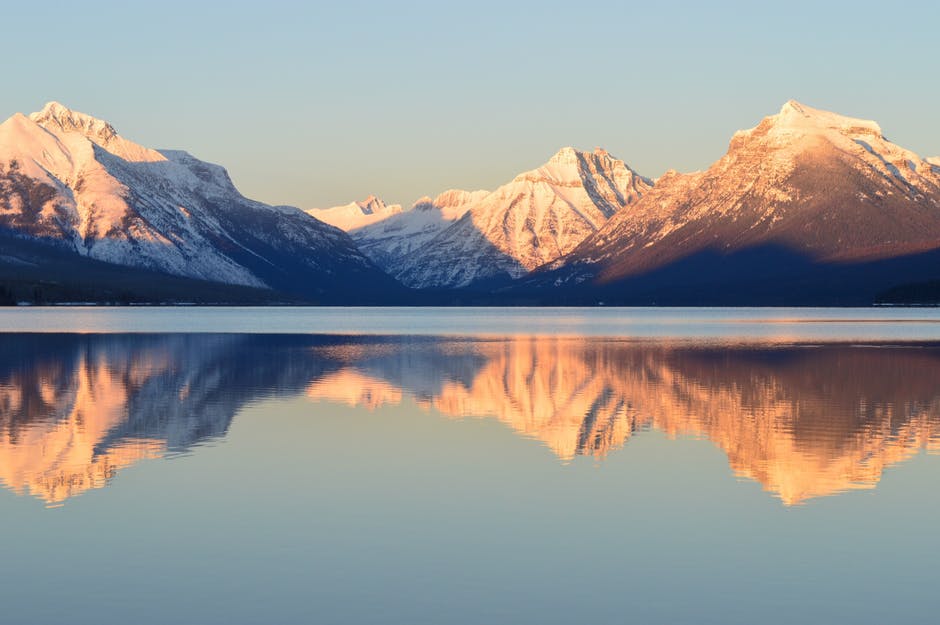In the beautiful Rocky Mountains of Northwest Montana, just south of the Canadian border, lies an area that is known for its forests, lakes, and rivers that create a picturesque landscape of the American West. This area is known for its rugged wilderness and 71 species of mammals, ranging from the tiny pygmy shew to the majestic elk to the wolverine (currently a threatened endangered species) – most of which is protected by Flathead National Forest and Glacier National Park. This little slice of Heaven is known as Flathead Valley, and in the center of it sits the town of Kalispell, MT – the “Soul of Montana.” Kalispell is home to many residents and hosts thousands of adventurers who come into the valley to ski, camp, hike, fish, and explore. So, with all this year-round beauty, how can there possibly be an issue here? As is the case with anywhere that there are people, there is also trash—lots of trash, which creates environmental issues. Fortunately, with more people also comes the need for more energy, which in itself creates opportunity.
Flathead Electric Cooperative (FEC) was looking to provide its customers with more renewable energy options, and they realized that they could turn garbage into energy. In 2009, in partnership with the Flathead County Landfill, FEC created the first landfill gas-to-energy plant in Montana. This new project offered additional benefits beyond clean energy that powers an additional 1,600 homes; it replaced energy primarily powered by coal. The project also minimizes greenhouse gas emissions from the landfill, prevents odor from affecting the surrounding area, improves air quality by reducing volatile organic emissions, and improves groundwater quality. Beyond the environmental benefits, the project also provides on-going job opportunities in the community, and it demonstrates that even small outfits can develop alternative energy resources. This has inspired FEC to consider other renewable resource projects, such as hydroelectric and geothermal.
So, how do you go from curb garbage to renewable energy? Landfills are the largest source of human-based methane emissions in the U.S. As trash is placed inside a landfill, there is a natural degradation that happens by anaerobic (without oxygen) micro-organisms. During this degradation, gases are released, which are typically made up of 50% methane, 45% carbon dioxide, and 5% other gases. If not controlled, these gasses can escape into the atmosphere and groundwater. There are regulations that effectively control landfill gas collection and destruction once the landfill reaches minimum thresholds. Still, destruction can be accomplished merely by the flaring of the gas, which does not capture its energy benefits. By capturing and utilizing the gas to power a generating facility, you can produce renewable energy for placement on the grid.




